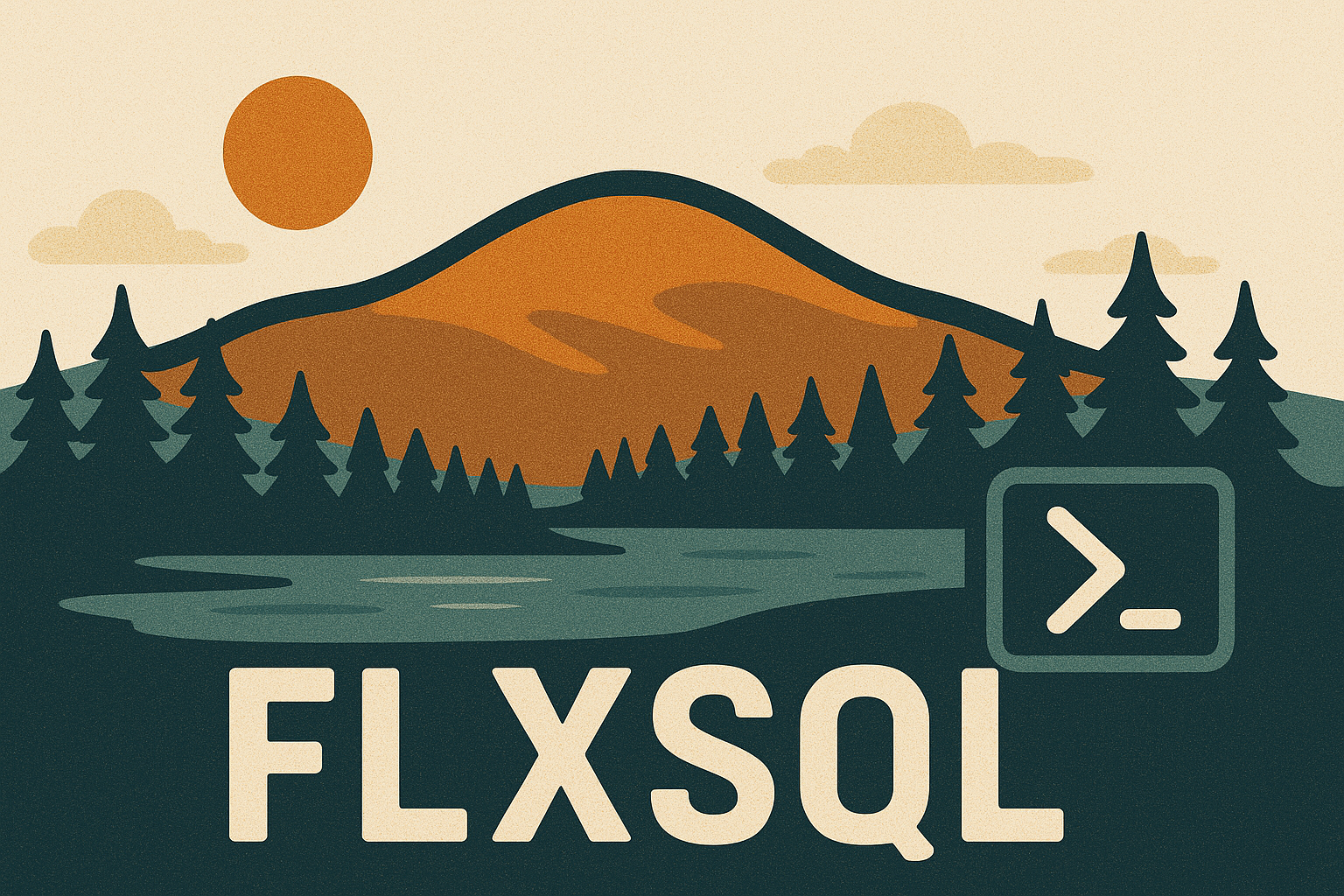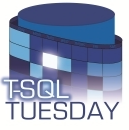The Prompt
In July, Brent Ozar (blog | twitter) asked us to make September Community Tools Awareness Month.
In September, I want you to improve community knowledge about one free tool that you rely on every week in order to get your job done.
I’m sure it will come as no surprise to readers of this blog, but I’m going to select the amazing PowerShell module dbatools.
Despite what the name may imply, dbatools is a valuable toolkit for anyone who needs to interact with SQL Server. It’s not just about upgrades and migrations anymore. I like to tell people it’ll make them look like a wizard to their colleagues because of how quickly things can get done with just a few commands.

